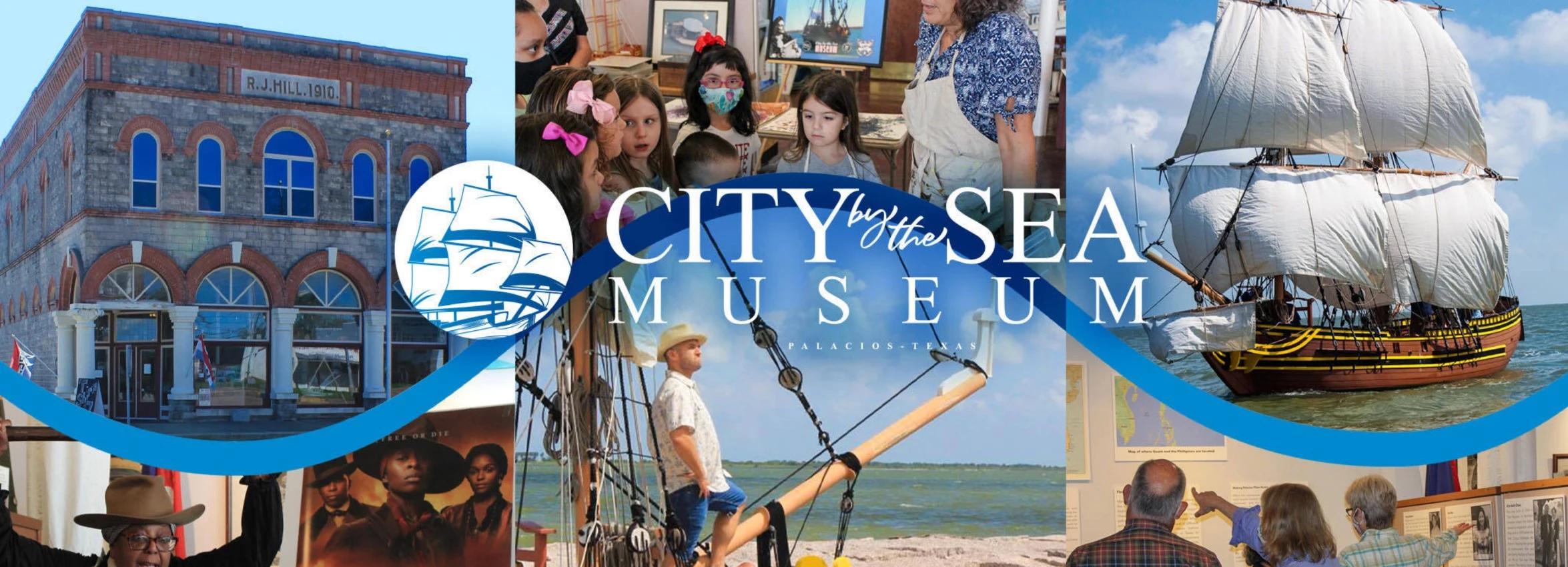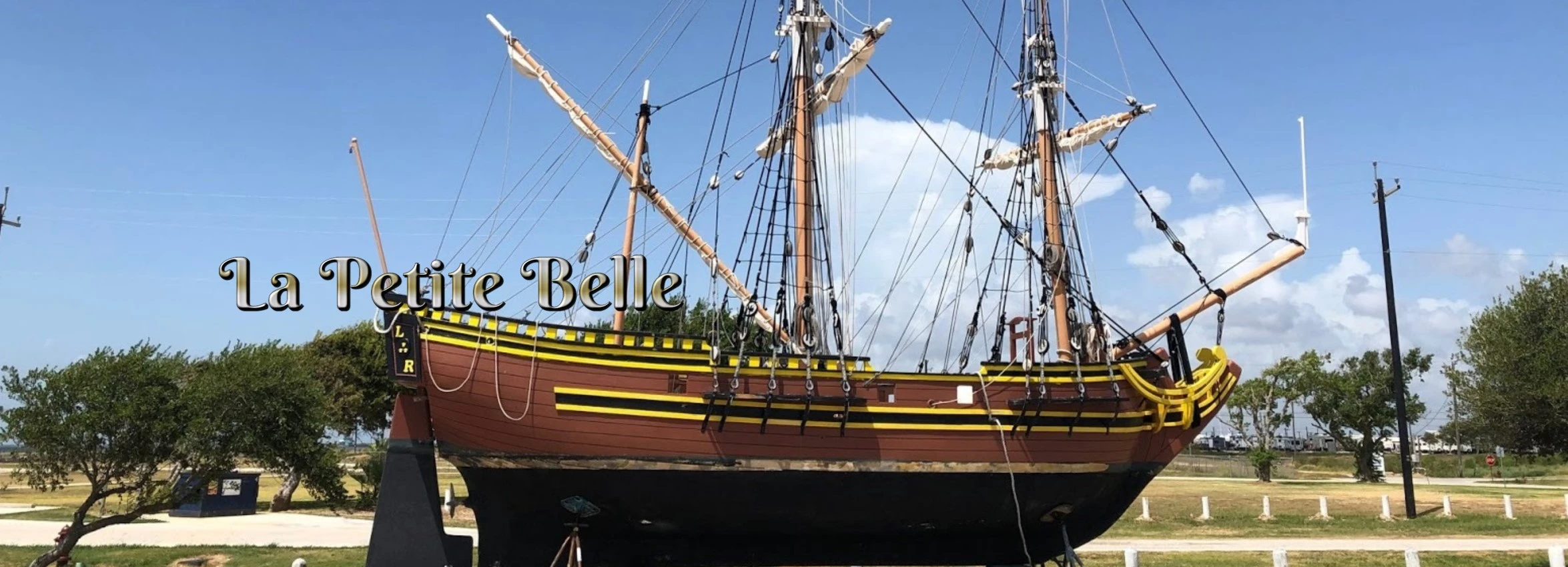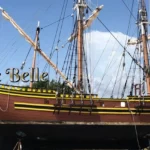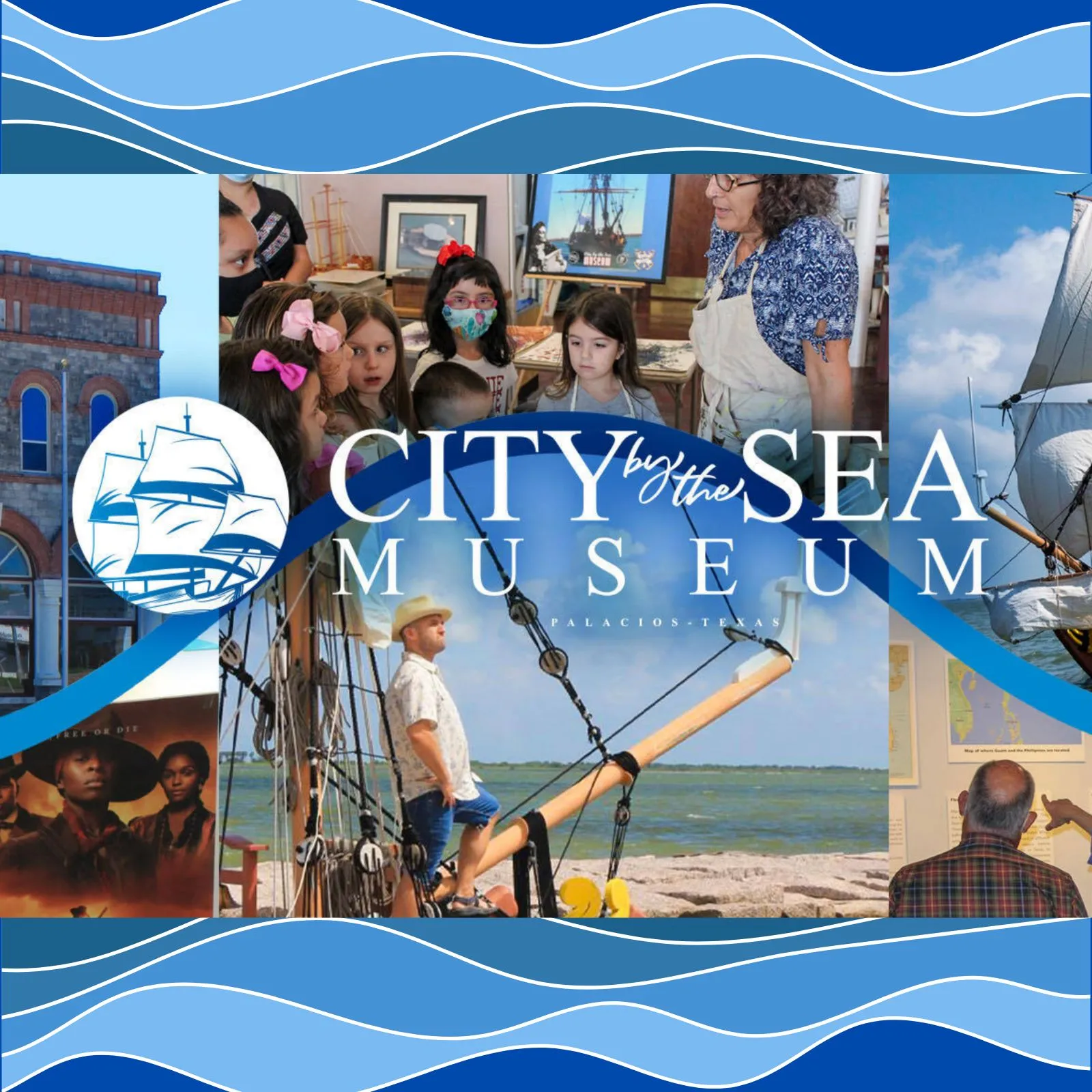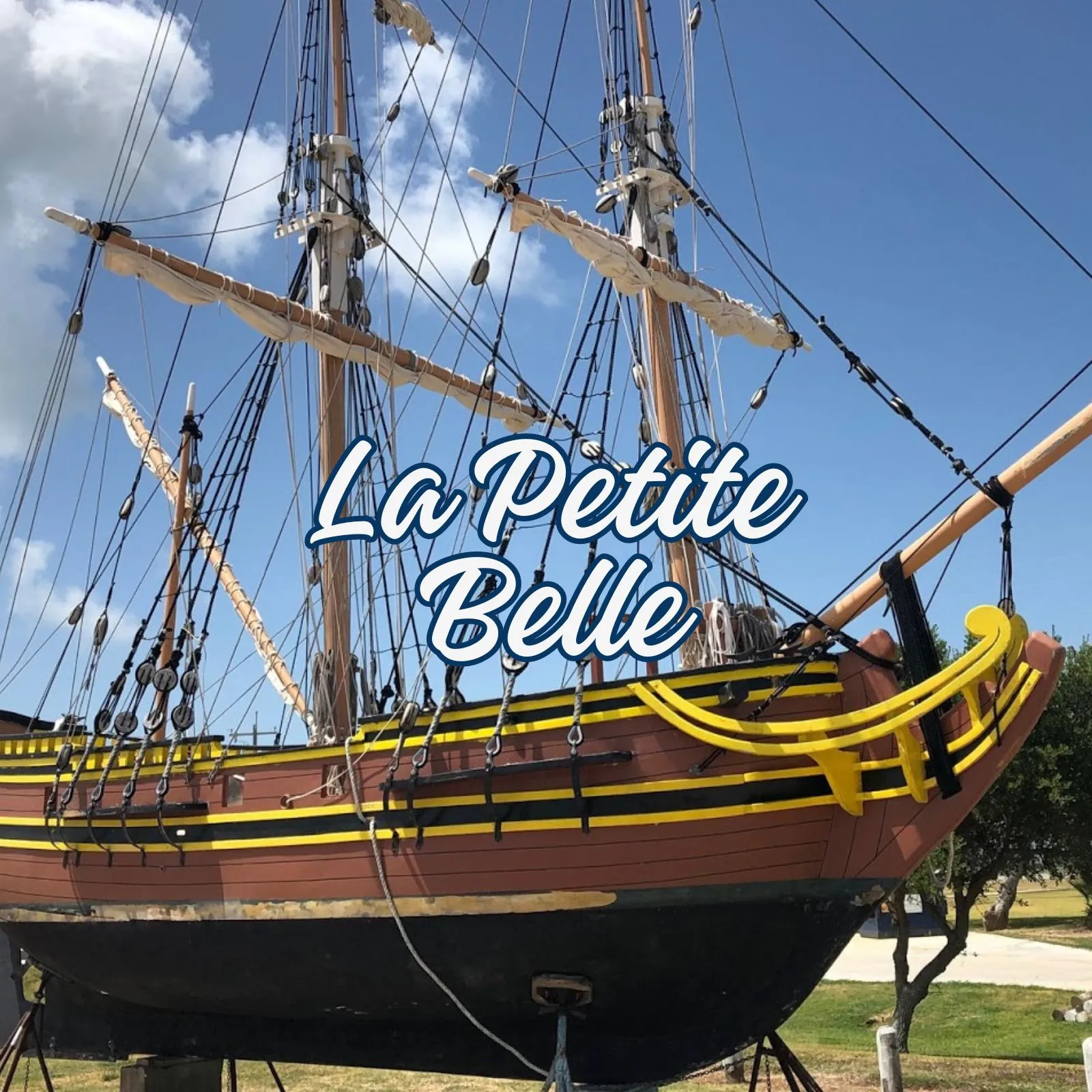Palacios, Texas: Unraveling the Rich Tapestry of Its History
Palacios, Texas, a picturesque coastal town nestled along Tres Palacios Bay, is not just a place of natural beauty and serenity. Learn about the fascinating history of Palacios Texas from its early days to its development into a vibrant community.
1. The Land Before Palacios: Early Inhabitants and Indigenous Roots
Long before Europeans set foot on the Texas Gulf Coast, the region we now call Palacios was home to native tribes, including the Karankawa people. These Indigenous groups relied on the bay’s rich ecosystem for fishing, hunting, and gathering. They were known for their impressive mobility, traveling by dugout canoes and living seasonally based on environmental resources.
Archaeological evidence along the Matagorda Bay system suggests that these early inhabitants lived in harmony with the land for thousands of years. Their presence laid the foundation for the deep connection between the people and the sea that still defines Palacios today.
2. Spanish Explorers and the Legend of Tres Palacios
The name “Palacios” has mysterious and romantic origins. One of the most popular legends suggests that Spanish explorers sailing the Gulf in the 16th or 17th centuries saw three palaces (or “tres palacios”) on the shoreline, inspiring the name of the bay. Historians believe these may have been mirages, but the story stuck—and so did the name.
Early maps referenced the area as “Trespalacios Bay,” and over time, it became known as Palacios Bay. This link to early exploration gives the town a unique position in Texas history, connected to both the Spanish colonial era and the spirit of maritime discovery.
3. A Sleepy Settlement Awakens: Founding of the Town in the Early 1900s
Though the region had been visited by explorers and early settlers for centuries, it wasn’t until the early 20th century that Palacios officially began to grow into a town. In 1901, the Southern Pacific Railroad extended its line into Matagorda County, opening new opportunities for development along the bay.
By 1903, developers from the Palacios Townsite Company began promoting the area as an ideal place for tourism, agriculture, and commercial fishing. They envisioned a “City by the Sea” with scenic beauty and modern infrastructure. Soon, plots of land were sold, homes were built, and a small but thriving coastal town emerged.
4. The Role of Camp Hulen: Military History in Palacios
One of the most transformative chapters in Palacios’ history came during the 1930s and 1940s, with the construction of Camp Hulen, a military training base used by the Texas National Guard. Originally established in 1925 as Camp Palacios, it was later expanded and renamed in honor of Major John A. Hulen.
During World War II, Camp Hulen became a major training site for anti-aircraft units and housed over 12,000 soldiers at its peak. It also served as a prisoner-of-war camp for captured German soldiers. The military presence dramatically increased Palacios’ population and economic activity.
While the camp closed in 1946, its legacy lives on in the layout of the town and the collective memory of longtime residents.
5. The Rise of the Shrimping Industry
After the military departed, Palacios returned to its roots by leaning into its most valuable natural asset: the bay. The postwar years saw a dramatic rise in the shrimping and seafood industries, attracting fishermen from all backgrounds, particularly Vietnamese and Cambodian immigrants who arrived in the 1970s and 1980s.
Palacios would eventually earn the nickname “Shrimp Capital of Texas,” thanks to its booming commercial shrimp fleet—one of the largest in the state. Shrimp boats lined the harbor, and seafood packing houses flourished. This industry remains a vital part of the local economy and identity today.
6. A Multicultural Mosaic: The Vietnamese Influence
In the 1970s, Palacios became a destination for Vietnamese immigrants and refugees fleeing the aftermath of the Vietnam War. Many had experience as fishermen in their homeland and brought with them a deep knowledge of maritime life.
Their integration into the local shrimping economy helped revitalize the industry and added a rich new layer to Palacios’ cultural identity. Today, you can see the Vietnamese influence in local cuisine, temples, festivals, and family-owned businesses.
This multicultural blend is one of the most defining features of modern-day Palacios—a small town with a global soul.
7. Education and Civic Growth Over the History of Palacios Texas
As the town grew, so did its infrastructure and civic pride. Palacios established a strong public school system, with Palacios ISD becoming a central pillar of the community. Local high schools earned praise for academic achievement, while new facilities and programs were developed to serve students of all backgrounds.
Public libraries, civic organizations, and cultural centers also began to flourish, reflecting Palacios’ commitment to progress without losing touch with its roots. Local groups like the Chamber of Commerce and Bay Area Heritage Association have worked tirelessly to preserve the town’s legacy.
8. Storms, Setbacks, and Resilience
Like many coastal towns, Palacios has faced its share of challenges—from economic downturns to natural disasters. Hurricanes have tested the town’s infrastructure and resolve on numerous occasions. Hurricane Carla (1961) and Hurricane Harvey (2017) were among the most destructive storms to impact the area.
Yet, through every challenge, Palacios has demonstrated one enduring trait: resilience. Community members come together to rebuild, support each other, and keep the spirit of the town alive. This grit and unity are woven into the fabric of Palacios’ identity.
9. Festivals and Celebrations That Honor the Past
Today, Palacios continues to celebrate its vibrant history and culture through annual events and local festivals. These gatherings pay tribute to the town’s roots while inviting new generations to participate in the community spirit.
Notable events include:
-
Shrimporee Festival – A culinary celebration of the town’s seafood heritage
-
Taste of Palacios – A foodie favorite spotlighting local chefs and cultures
-
Pedal Palacios – A coastal cycling event that highlights the natural beauty of the area
-
Blessing of the Fleet – Honoring the shrimping boats before each season
These festivals are more than just fun—they are living testaments to Palacios’ enduring pride in its history and people.
10. Modern-Day Palacios: A Quiet Renaissance
While Palacios remains a peaceful coastal town, there are signs of renewal and reinvention. Artists, entrepreneurs, retirees, and young families are discovering the town’s unique charm, affordable living, and close-knit community.
New businesses, boutique accommodations, and waterfront development projects are breathing fresh life into the town without sacrificing its authenticity. The balance of heritage and forward-thinking growth positions Palacios as a unique Texas destination — not yet overrun by tourism, but welcoming to those who seek genuine experiences.
11. Preservation of History: Museums and Markers
Palacios is home to several institutions and landmarks dedicated to preserving and educating the public about its past. The City by the Sea Museum, housed in the historic R.J. Hill Building, offers a detailed look at:
-
The early settlers and Karankawa history
-
The role of Camp Hulen in WWII
-
The evolution of the shrimping industry
-
Artifacts and oral histories from longtime residents
In addition, historical markers throughout town provide self-guided insights into the architecture, families, and events that helped shape this resilient community.
Conclusion: Palacios — A Texas Treasure by the Bay
The story of Palacios, Texas, is one of transformation, tradition, and tenacity. From its origins as a native homeland and Spanish-myth inspired bay to its growth as a military hub, seafood powerhouse, and multicultural haven, Palacios is a microcosm of Texas itself — diverse, resilient, and full of heart.
In Palacios, the past is never forgotten — it’s woven into every wave, street corner, and family story, inviting you to be a part of it too.
